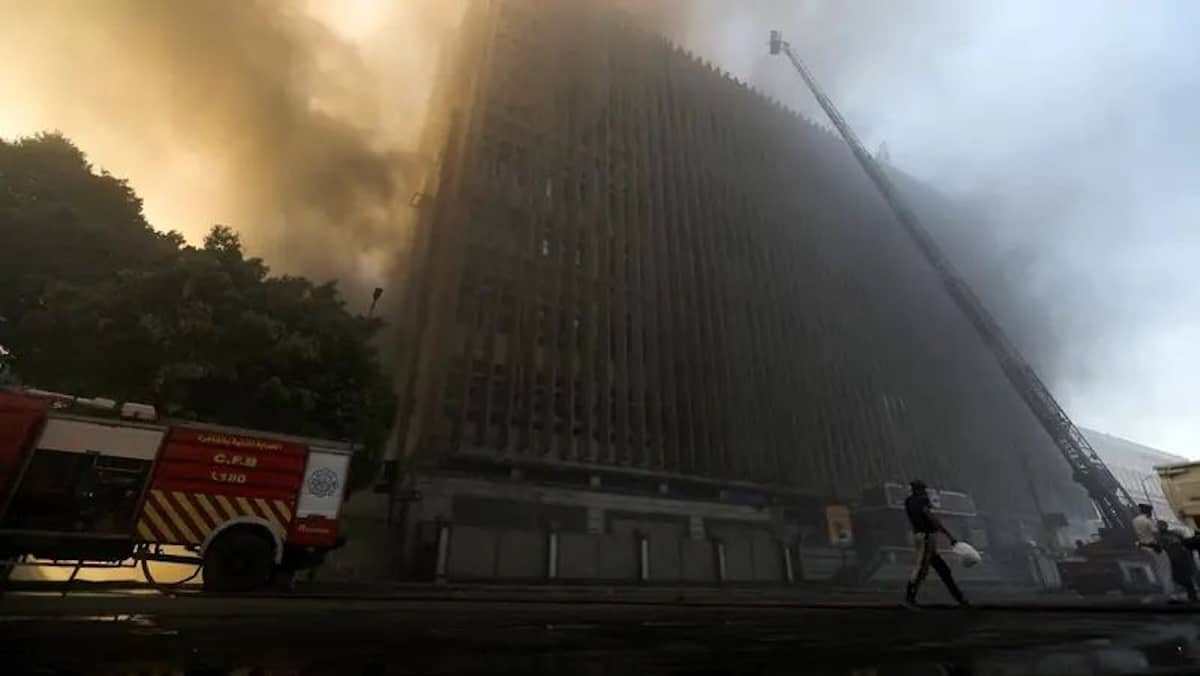On July 8, 2025, a large-scale fire at the heart of Telecom Egypt, located in the Ramses Exchange building in downtown Cairo, resulted in a tragic toll: four workers died, at least 22 were injured—most of them from smoke inhalation—and there was significant disruption to digital services nationwide. This incident is among the most serious that a data center has experienced in the region in recent years.
Authorities in Egypt, along with media outlets such as AP News and Reuters, confirmed that the fire started in one of the technical rooms on the seventh floor of the building, rapidly spreading to the upper floors. The blaze directly impacted one of Egypt’s main internet exchange nodes, leading to a 62% drop in national connectivity, according to reports from NetBlocks.
Massive impact on critical services
The consequences were immediate: mobile networks, fixed-line telephony, digital banking services, payment infrastructure, and the Cairo Stock Exchange all suffered outages, with the latter suspending trading temporarily due to communication failures. Airports and government agencies reliant on centralized services also experienced issues.
The scale of the incident has highlighted an excessive concentration of digital resources at a single critical point in the country. Although Telecom Egypt and the Ministry of Communications assured that services were restored within 24 hours by redirecting traffic to other exchanges, the damage to infrastructure and widespread outages reveal significant deficiencies in resilience, redundancy, and security.
The human cost of technology
Beyond the technical implications, the event has left a deep emotional impact on the tech community. Four employees lost their lives trying to keep the system operational under extreme conditions. Telecom Egypt paid tribute by calling them “heroes of duty,” recognizing their commitment until the very end.
For many in the data center industry, this fire serves as a wake-up call. A local technician noted to Daily News Egypt, “We always talk about uptime, SLA, scalability… but we forget that behind every critical infrastructure, there are real people.”
What went wrong?
Although the exact causes are still under investigation, initial reports suggest that an electrical fault in a power distribution unit sparked the fire. Experts say the spread was exacerbated by inadequate compartmentalization and shortcomings in fire suppression systems. The building, which is old and had been upgraded with state-of-the-art equipment, may have lacked a comprehensive review of its structural safety measures.
Reflections for the sector
The Ramses Exchange fire reminds the tech industry of the need to reassess several operational pillars:
- Distribute critical loads and services across multiple locations to avoid single points of failure.
- Invest in technical staff training for real emergencies, beyond just drills.
- Update fire suppression protocols, especially in buildings housing multiple generations of equipment.
- Prioritize human safety equally with data and asset protection.
Egypt’s Minister of Communications, Amr Talaat, stated, “Service restoration was quick thanks to the combined efforts of engineers, firefighters, and operators, but we cannot call it a success when human lives are lost.”
This incident has not only challenged a critical national infrastructure but also prompted deep reflection across the global technology sector. As demonstrated on July 8 in Cairo, digital transformation must be accompanied—undeniably—by a culture of safety and human-centric approach proportional to the systems we build.

